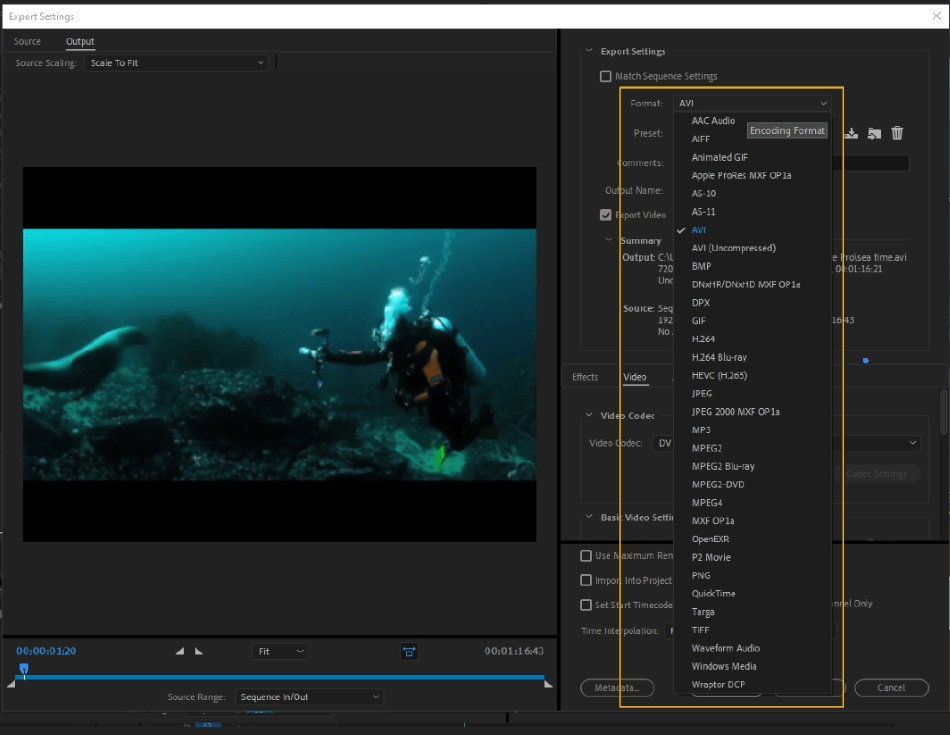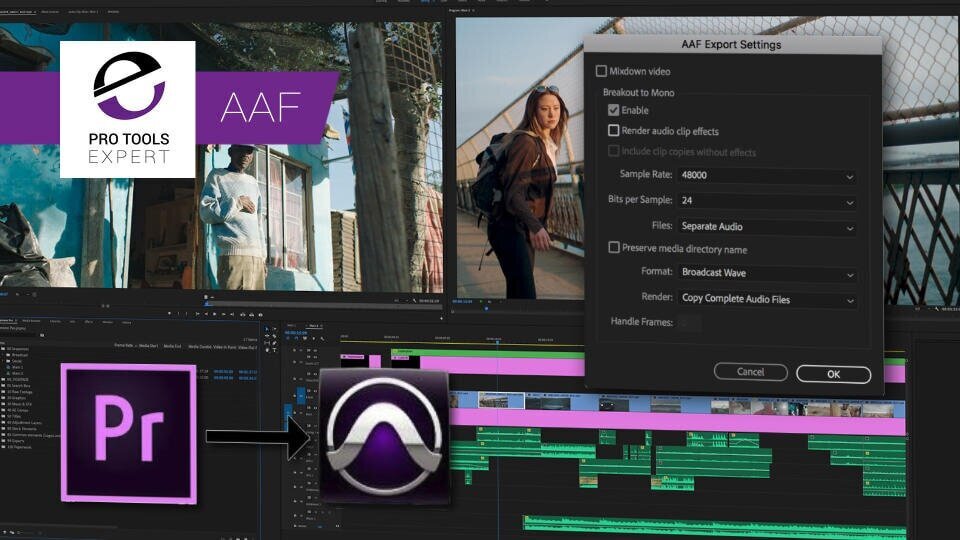
- #Adobe premiere elements pro 11 export on timeline how to
- #Adobe premiere elements pro 11 export on timeline movie
- #Adobe premiere elements pro 11 export on timeline pro
- #Adobe premiere elements pro 11 export on timeline software
Some titles with complex builds may have the text out of order in the Text title. Title text and timing transfers, but title positioning, formatting and animation does not.Multicam clips become “collapsed” clips containing only the active angle(s).
#Adobe premiere elements pro 11 export on timeline pro
Auditions are automatically “finalized” (there’s no equivalent to auditions in either Premiere or Final Cut Pro 7). Opacity, position and scaling settings. Default dissolves, as opposed to dissolves added from the effects browser. Timecode, clip In, Out and durations also transfer. I can’t think of any media format today that isn’t supported by both applications. This includes clips in the Primary Storyline, connected clips and/or connected storylines. The reason this utility is necessary is that FCP and Premiere speak two different versions of XML this utility converts between them. In order to transfer between FCP and other applications, you’ll need a utility called: “XtoCC.” Developed by Intelligent Assistance, it is available here in the Mac App Store. However, for projects you are moving between applications, media must be store OUTSIDE the Library. #Adobe premiere elements pro 11 export on timeline software
Moving rough-cuts between software will almost always be successful. The best time to transfer projects is during the rough-cut process, before you start adding transitions, titles, color grading or effects.
#Adobe premiere elements pro 11 export on timeline how to
NOTE: Here’s an article that explains how to move projects from Adobe Premiere Pro CC to Apple Final Cut Pro X.
Or any other application that can import an FCP 7 XML file. This process applies to any Final Cut Pro X project that you want to send to: You need to understand these differences in order to determine if and when is the best time to move projects between software. A more fundamental problem is that the underlying software architecture between FCP and Premiere are very, very different and not everything in your edit will successfully transfer. This translation process isn’t really difficult. So, in order for one app to read the XML of the other, it needs to be translated. 
You CAN move projects between apps and this article explains how.įCP and Premiere use two different versions of XML (similar to English and French). However, there may be reasons that you need to move a project from FCP to Premiere in the middle of an edit for example, you need to change editors and the new editor is more comfortable in Premiere.


It’s best to specify an empty folder set aside so that the sequence files don’t get mixed with other files.Most of the time, when you start a project in Final Cut Pro, you’ll want to finish the edit in Final Cut.
Select the newly created preset, specify a location for the exported still-image files, specify the filename, and click Save. In the Advanced dialog, select Export As Sequence. Select a preset from the menu (JPEG), and click Advanced. Click Publish And Share > Computer > Image. Drag the clip to the Quick view timeline. Import the clip that you want to export as a sequence of still images to Adobe Premiere Elements. When you export a clip, Premiere Elements numbers the files automatically. When you want to use a clip in a 3D application that does not support video formats or requires still image sequence. When you want to use a clip in an animation that does not support video formats or requires still image sequence. Exporting as a sequence can be useful in the following scenarios: #Adobe premiere elements pro 11 export on timeline movie
You can export a clip or movie as a sequence of still images, with each frame as a separate still‑image file.







 0 kommentar(er)
0 kommentar(er)
